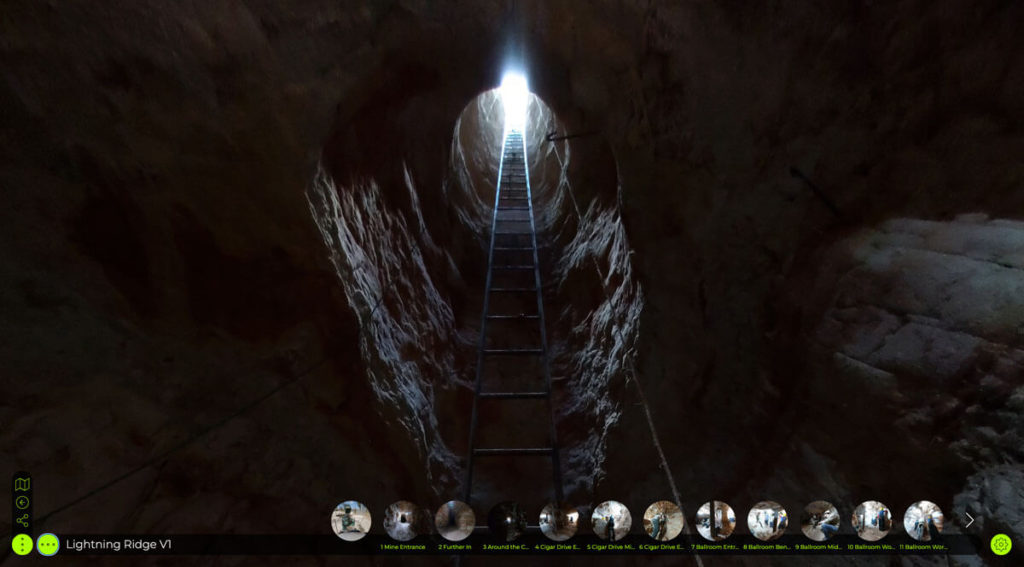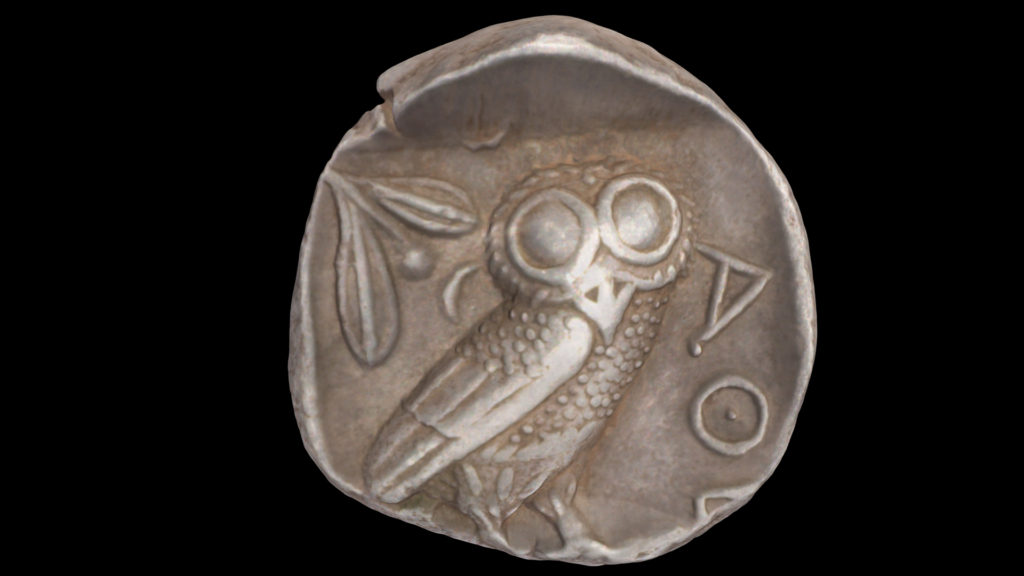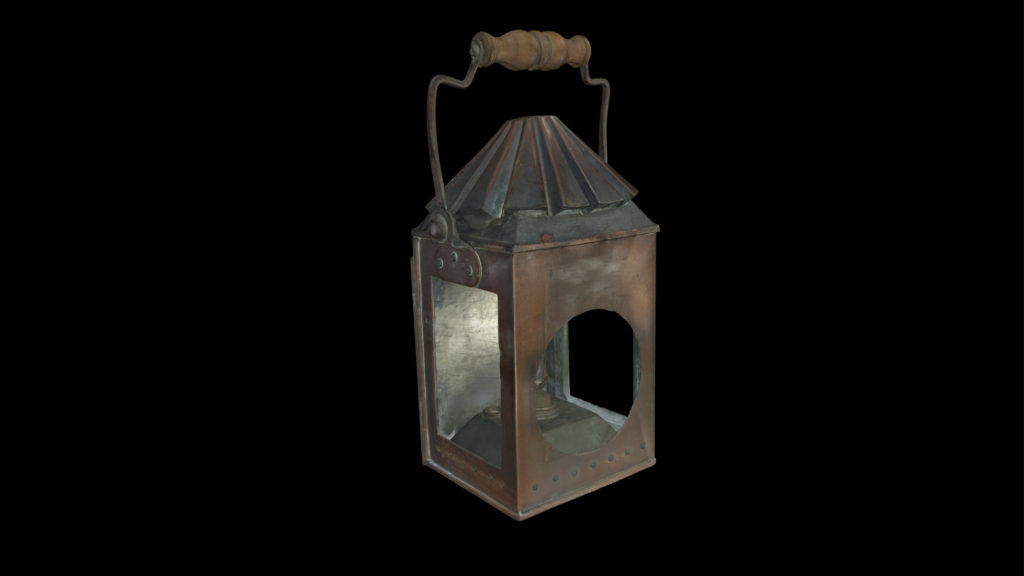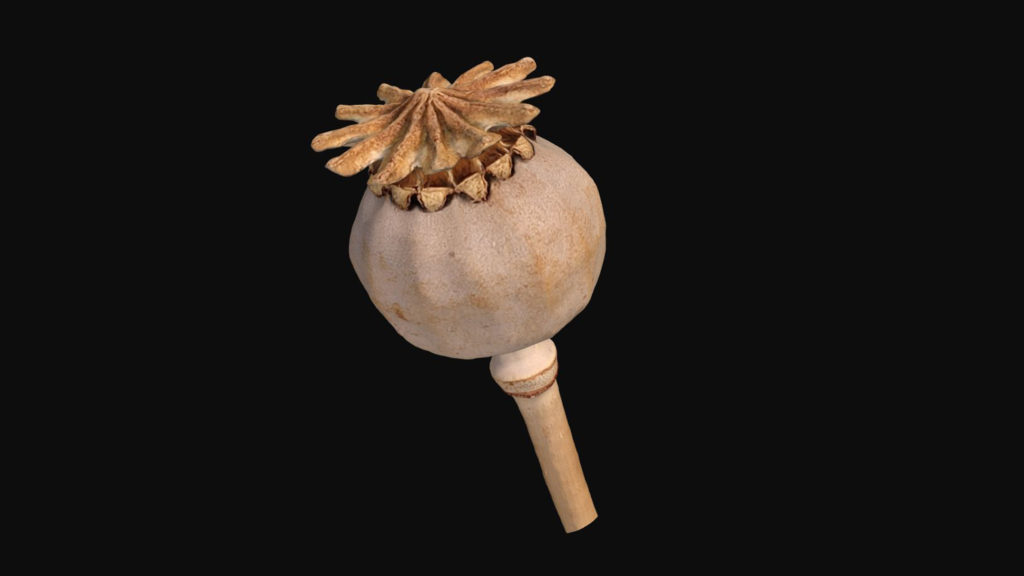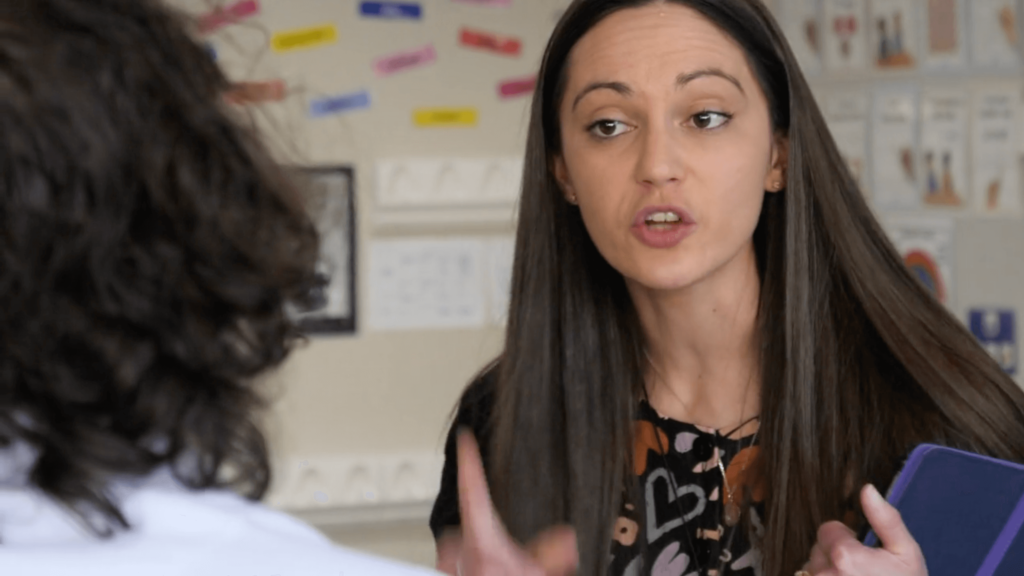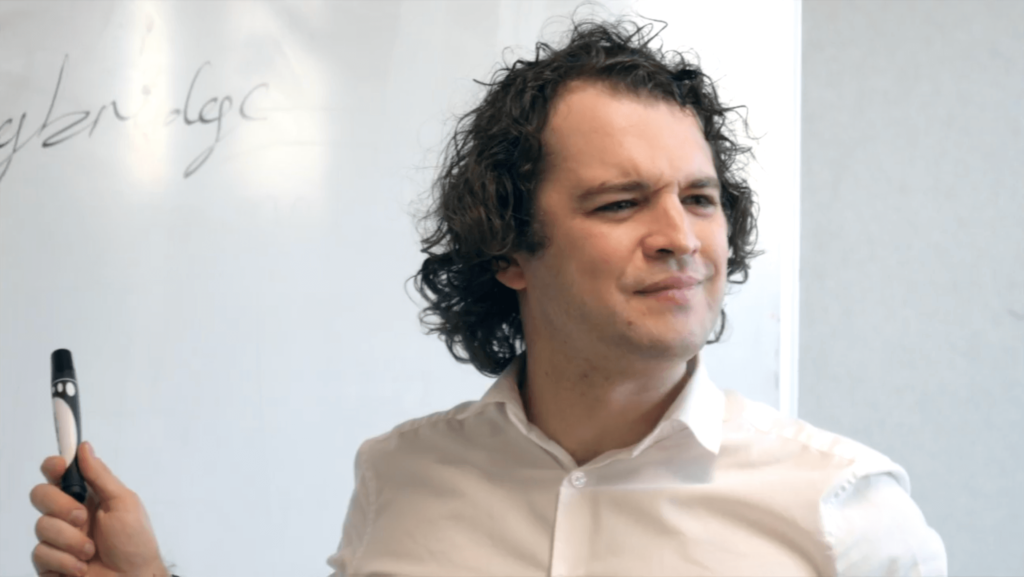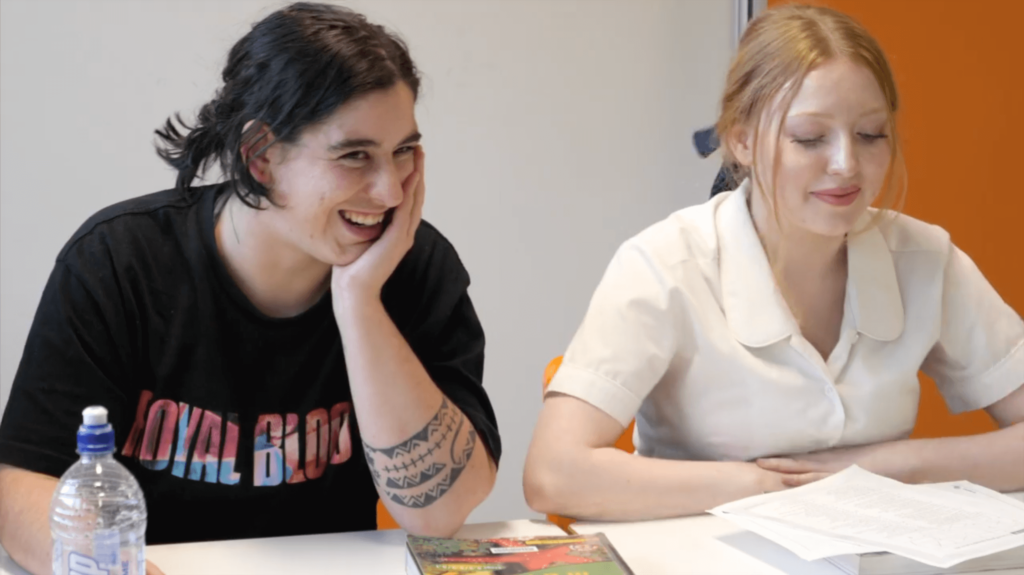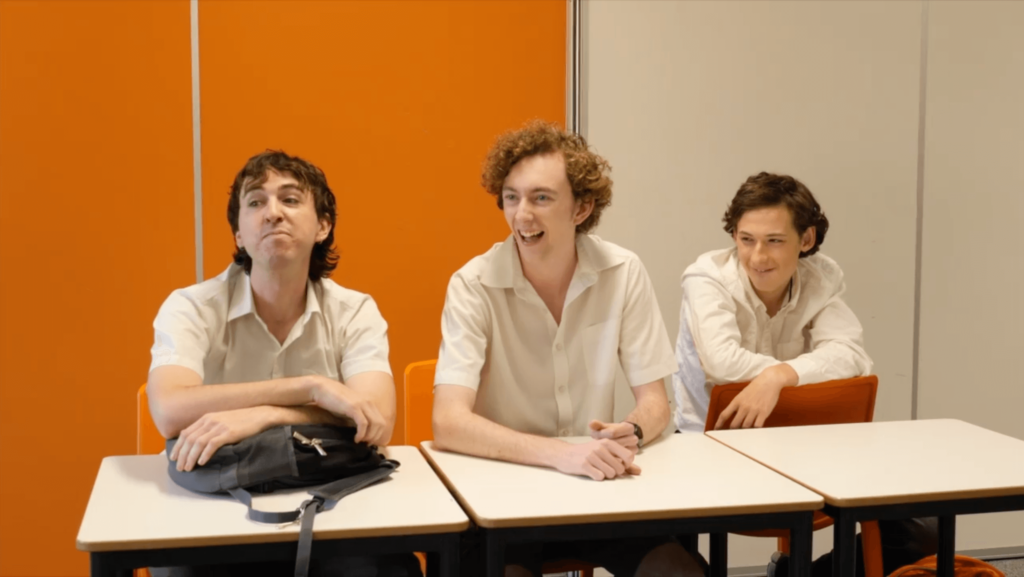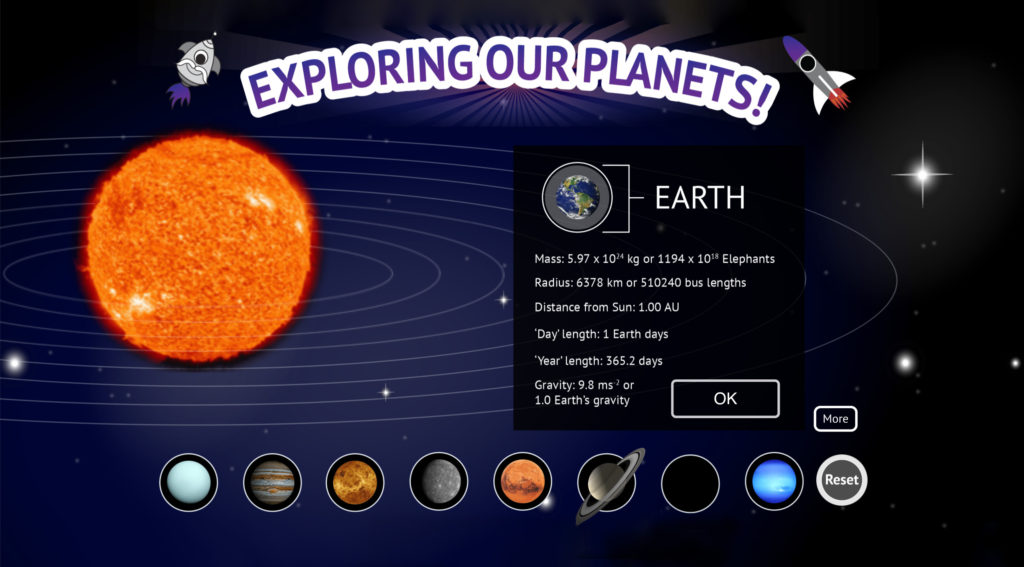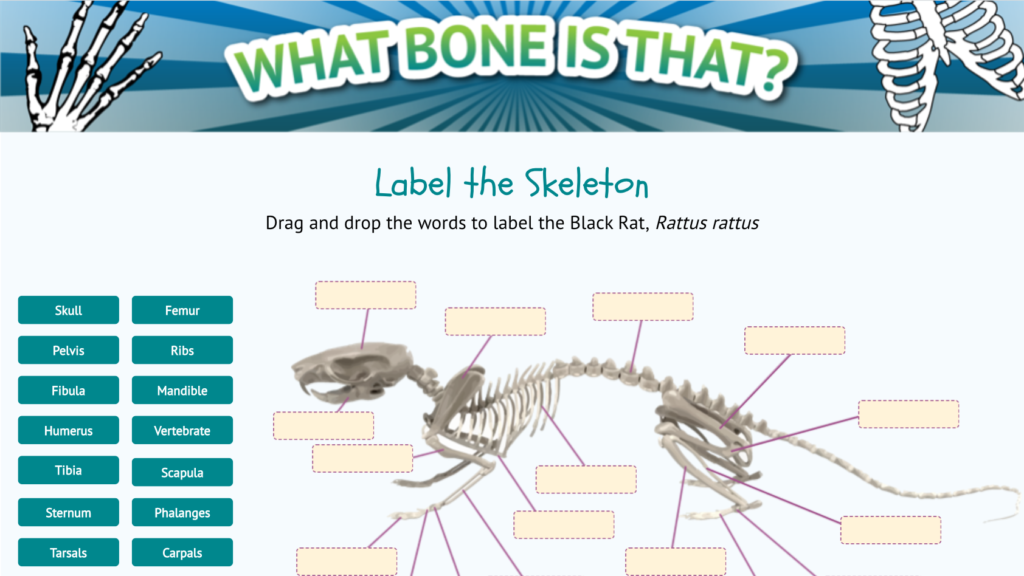Lightning Ridge Fieldwork Pilot
About
the project
Our team embarked on a groundbreaking 😉 pilot project to explore the use of 360-degree cameras and photogrammetry in educational fieldwork. The project took us to the remote Lightning Ridge mine site, where we captured the dynamic interplay of academic research and hands-on student participation in situ.
Over several days, we documented the excavation process in challenging conditions, including underground environments with limited equipment. Highlights of the project included:
- In-situ video scenarios: Capturing academics and students conducting research amidst the rugged terrain.
- 3D scans of excavation progress: Showcasing a timeline of work and the meticulous process of uncovering artefacts.
- Digitising a hand-drawn map of the underground location.
- Plastering for extraction: Documenting the delicate process of protecting specimens for transport and preservation.
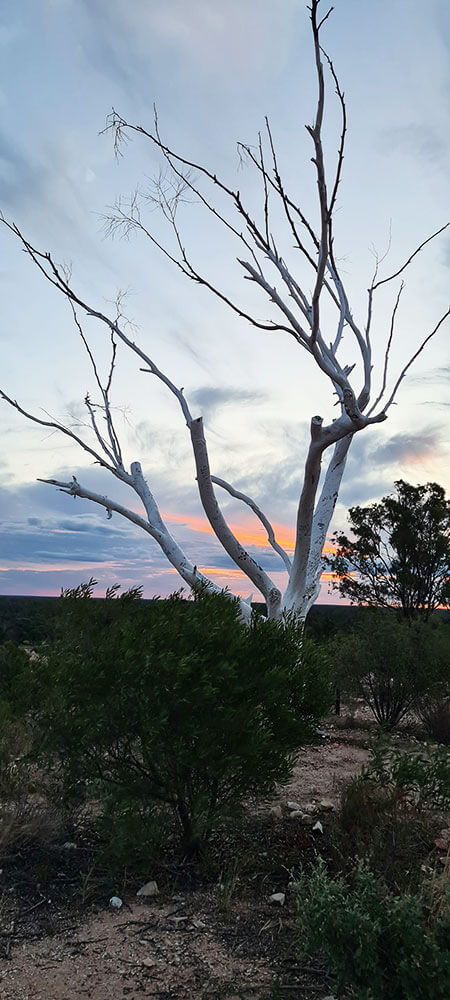
Beautiful sunset in remote NSW
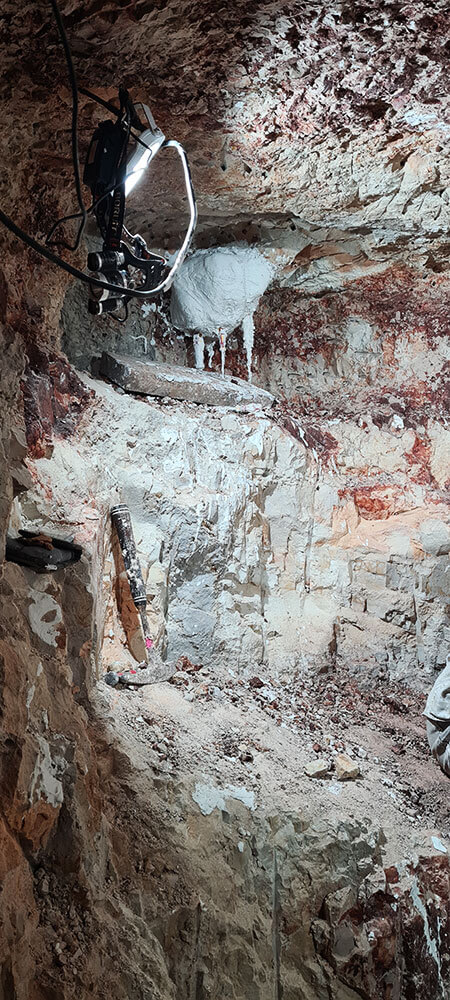
Plastered specimen in an underground excavation site
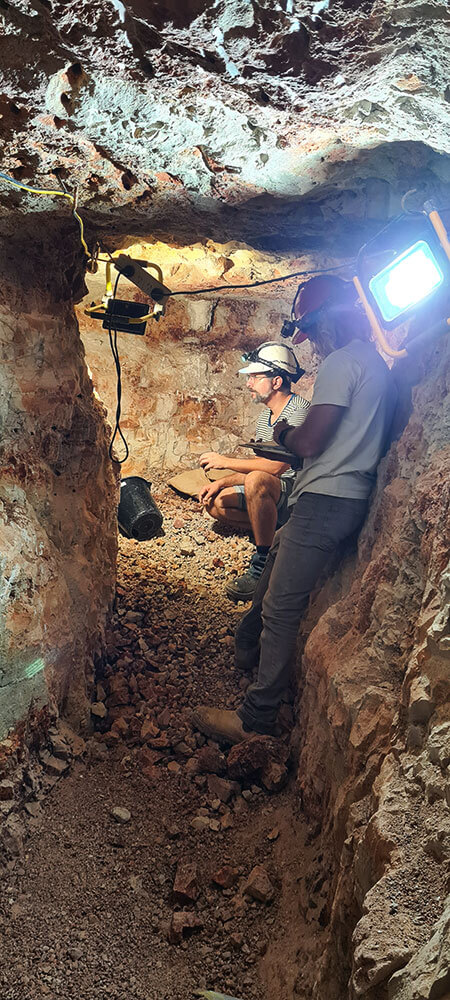
Fieldwork in a narrow underground mine tunnel
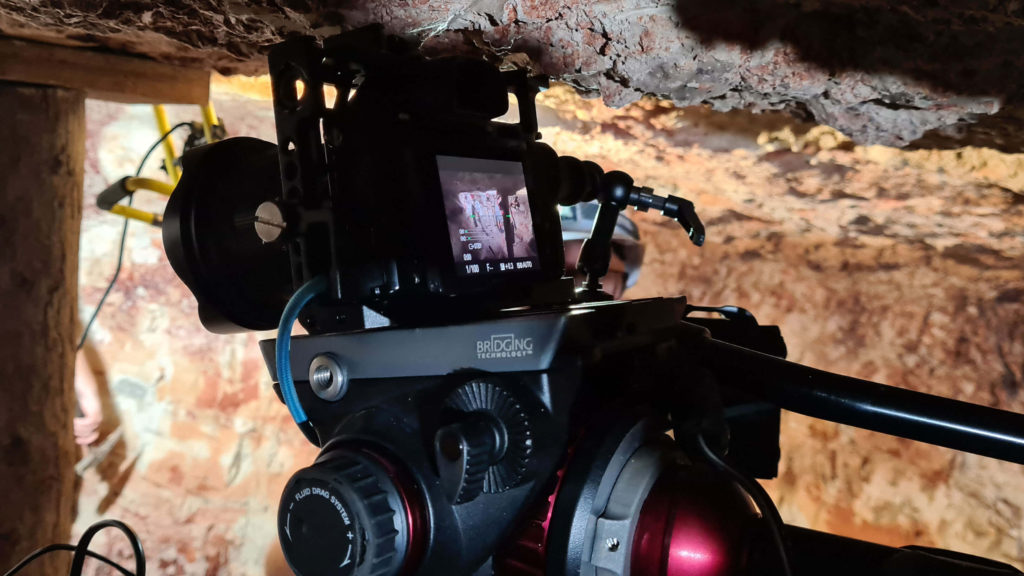
Expanding access to fieldwork through immersive media
In addition to capturing the fieldwork, the project also served as a vital tool for documentation and providing access to content for students unable to attend or physically access mines in their studies of Earth Science. By leveraging immersive media, we ensured that all students could engage with the realities of field research, regardless of physical limitations or geographic barriers.
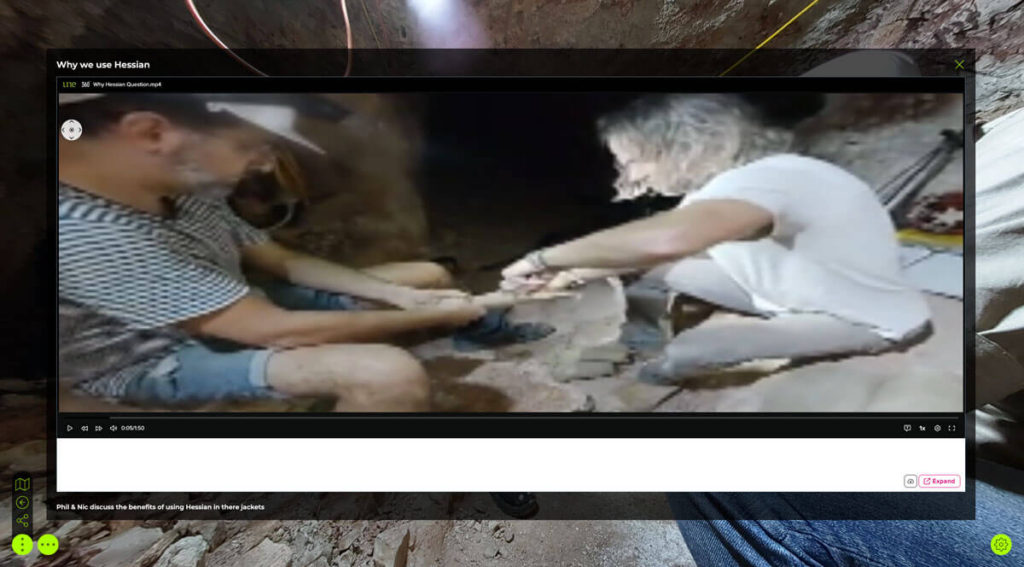
… but it wasn’t without it’s challenges
Working in a remote location presented unique challenges, such as clearing hard drives, reviewing captured content, and adapting to the evolving needs of the fieldwork each day. This pilot project demonstrated the potential of digital media to enhance educational experiences by immersing viewers in the realities of field research.
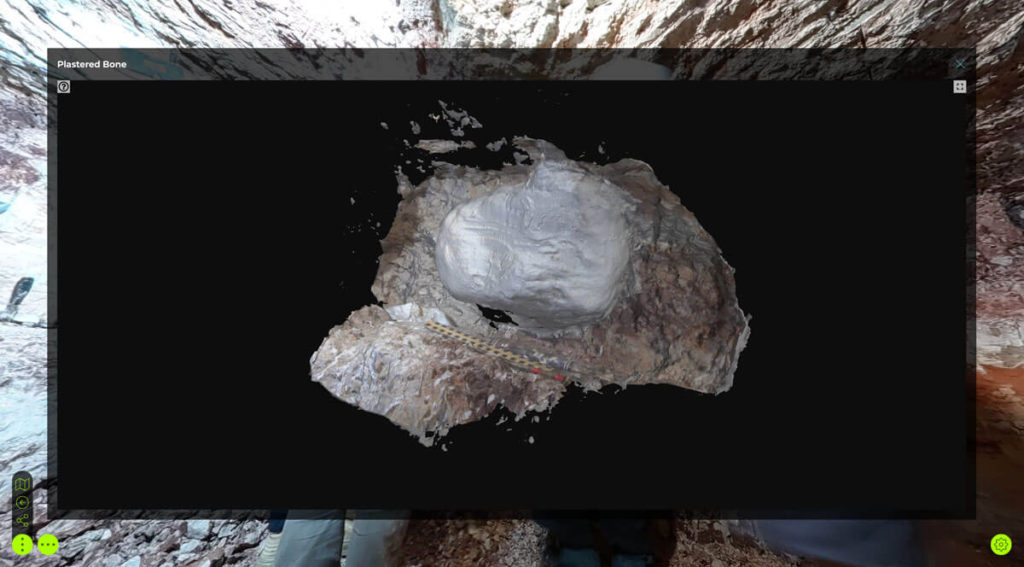
Lessons learnt
Would we like to do this again? Yes 100%. Next time, we’d like to expand our documentation of the space and create a wholesale experience for students. We would:
- Incorporate interviews with SME’s, before and after the trip, to bookend the experience
- A closely guided experience during the dig, covering all the aspects, even the mundane, one would expect on-site
- Further means of 3D visualisation, with an increased focus on accuracy in terms of measurability.
- Complementary interviews of willing volunteers and others involved in various aspects of the dig
What’s next?
This pilot project has demonstrated the potential of rich media to transform on-location research and teaching. Moving forward, we envision expanding this initiative to include a broader range of disciplines and locations, showcasing the adaptability of immersive media in capturing and sharing unique educational experiences.
By developing multi-format content (Virtual Reality and traditional formats – desktop and mobile), we can ensure that users have the flexibility to engage with the material in the way that best suits their circumstances – whether through the fully immersive environment of VR or the convenience of desktop viewing. This approach not only broadens the reach of the project but also enhances its usability across diverse educational and research contexts.
